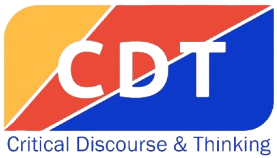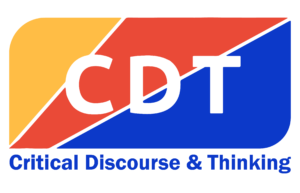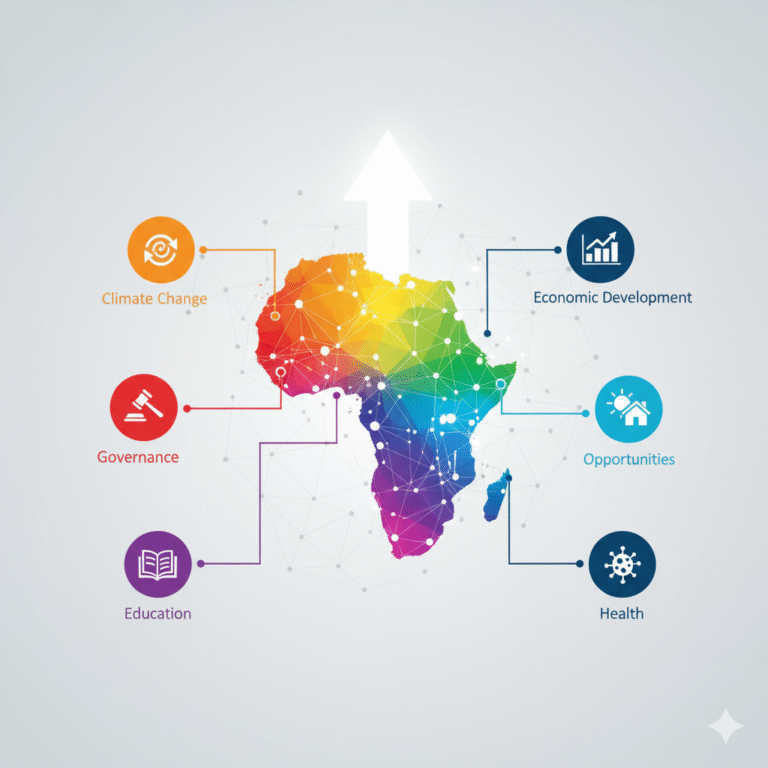As practitioners within international institutions in the international development industry, we have spent decades discussing, analyzing, and funding development. We have celebrated successes and, more often than we admit, learned from profound failures. The critical lesson from this history is unequivocal: the era of top-down, externally-driven development is over. The only model that offers sustainable, impactful results is one of genuine localization. And to be clear, this is about fundamentally shifting power.
Defining True Localization Beyond ‘Participation’
The international development community has long operated with a flawed definition of localization, in which it mistakes superficial “participation” for substantive partnership. Inviting local stakeholders to validate pre-determined programs is a procedural formality, not a structural change.
CDT defines genuine localization as the intentional and institutionalized transfer of power, resources, and decision-making authority by international development partners to African local actors, grounded in sustained dialogue and mutual engagement that recognize and leverage local experiential knowledge to drive effective, community-led change. This conception of localization emphasizes that dialogue is not a one-off consultation but an ongoing process of listening, learning, and co-creating solutions with communities. Engagement, likewise, is not symbolic participation but active partnership, where local actors shape priorities, design interventions, and evaluate outcomes alongside external partners. By embedding dialogue and engagement into the architecture of localization, development efforts move beyond transactional relationships toward genuine collaboration, ensuring that African voices are not merely heard but hold decisive influence in shaping the future of their societies. Localization is characterized by three non-negotiable pillars:
- Agency: The capacity and right of local institutions, from governments, national ministries, to community-based organizations, to define problems and design solutions based on their own analysis and priorities. True agency encompasses the authority to accept, revise, reject, or validate donor-led projects that incorporate local development strategies.
- Ownership: The tangible control over the entire project cycle. Local actors must lead procurement, direct implementation, and govern the monitoring and evaluation frameworks. Success must be measured against locally determined benchmarks and externally imposed metrics.
- Accountability: The reorientation of accountability structures. While fiduciary responsibility is a given, the primary accountability of any development initiative must be to the citizens it is intended to serve. An accountability model that prioritizes the funder over the community is inherently misaligned with sustainable outcomes.
Identifying the Systemic Bottlenecks
The primary obstacles to localization are the entrenched systems and processes of international development institutions themselves. Risk-management frameworks, ostensibly designed to ensure fiscal prudence, are sometimes so rigid that they preclude engagement with the very local organizations essential for success. The preference for channeling funds through large, international intermediaries simply because their administrative systems are familiar perpetuates a cycle of dependency, inflates overheads, and weakens direct community connection. The greatest risk, therefore, is not that a local partner might mismanage a $50,000 grant. The risk is spending $50 million on a technically perfect project that collapses the moment funding ends because it never had genuine local ownership.
Localization requires a systemic change of these legacy processes:
Re-engineering Funding Mechanisms: There must be a significant and measurable increase in direct financing to national governments and local civil society. This necessitates an investment in strengthening public financial management systems, rather than circumventing them. A move away from restrictive, short-term project grants toward flexible, long-term core funding is essential.
Institutionalizing Adaptive Management: Development is a complex, adaptive challenge. Rigid project plans and logical frameworks must be superseded by flexible, iterative approaches. This enables local partners to pivot and adapt based on real-time data and evolving contexts, resulting in more relevant and effective interventions.
Role of External Experts: The function of international experts must transition from direction to facilitation. Their value lies in providing world-class technical advice upon request and connecting local leaders with global knowledge networks. The role must evolve from that of a driver to that of a navigator.
Measuring Localization
The success of international development institutions in this century will be measured by the size of their portfolios and the strength of autonomy of the local institutions they foster. Ultimately, measuring localization demands a paradigm shift from tracking inputs to evaluating the genuine transfer of power. Success cannot be quantified solely by the percentage of funds channeled to local organizations, as this metric alone fails to capture the dynamics of agency and ownership. A more robust measurement framework must focus on qualitative and quantitative structural indicators: Who defines the problem and designs the intervention? Who controls the budget and has the authority to adapt the project mid-course? To whom are implementers primarily accountable—the external funder or the local community? The true litmus test of successful development localization is when local institutions implement projects, set the agenda, define what success looks like, and are the ultimate arbiters of a program’s impact and sustainability.







